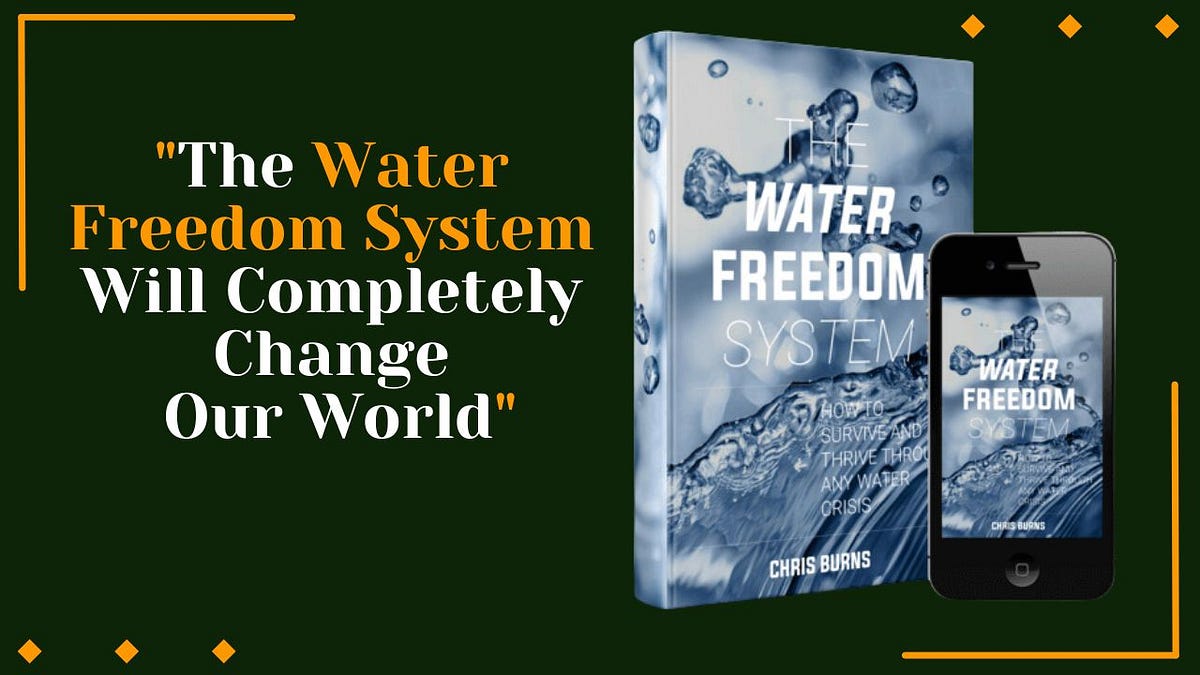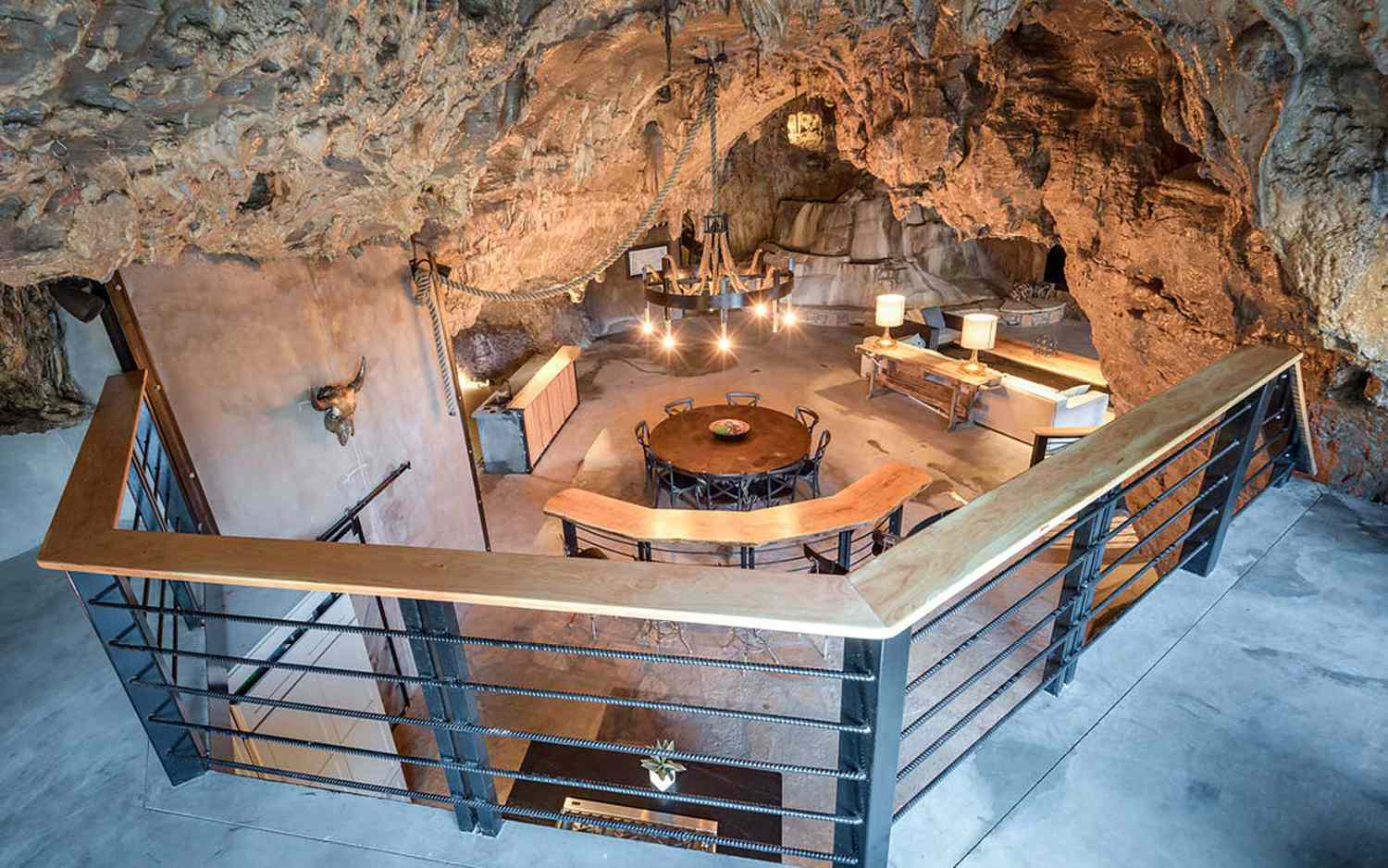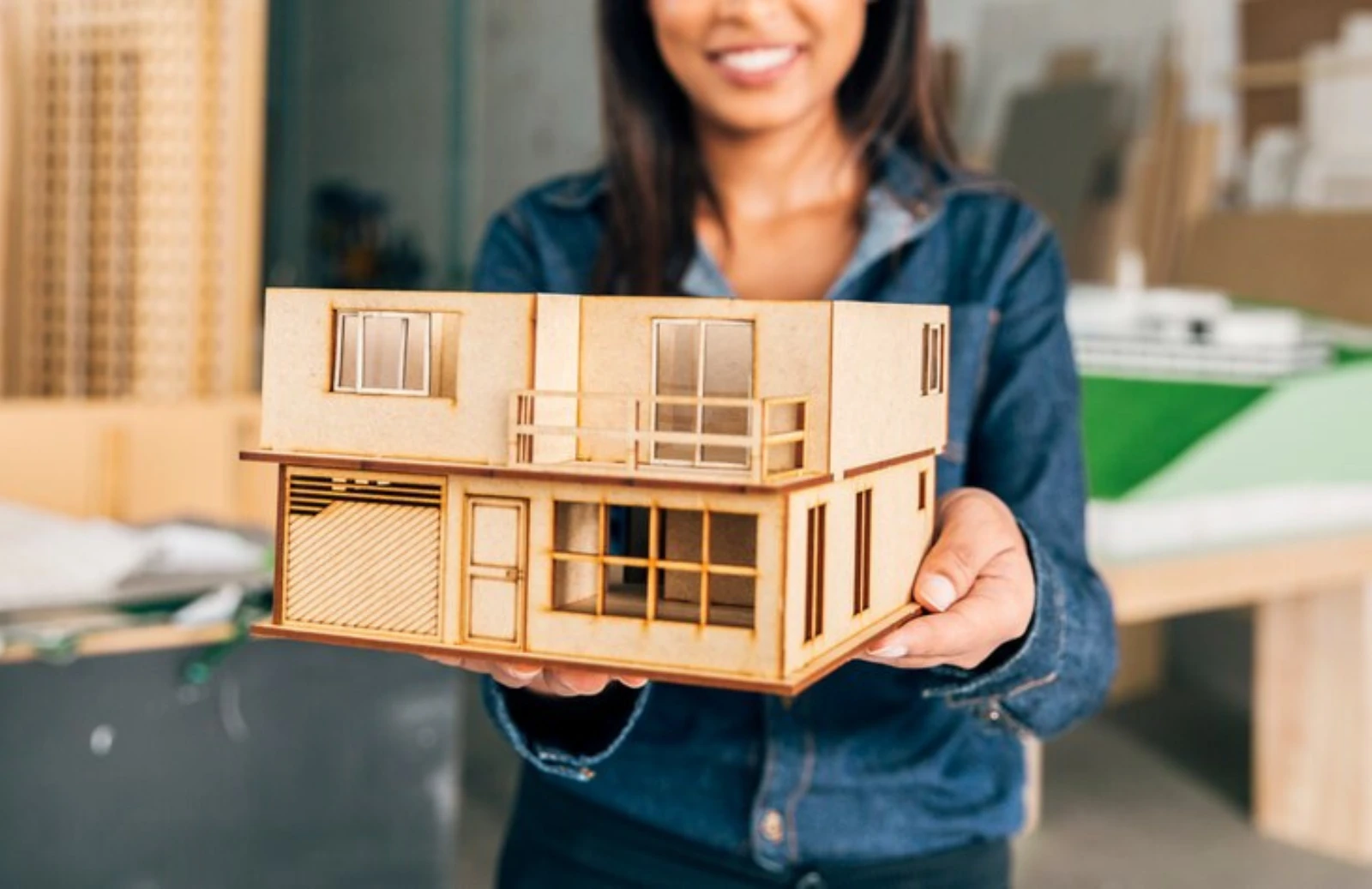Creating a reliable, pressurized hot water system off the grid can significantly enhance your comfort and sustainability. Here’s a step-by-step guide to achieve this using accessible materials and technology.
Materials and Tools Needed
- Solar Water Heater: Solar panels or evacuated tube collectors.
- Water Storage Tank: Insulated to maintain water temperature.
- Pump: DC pump powered by solar panels or a small wind turbine.
- Pressure Tank: To maintain consistent water pressure.
- Plumbing Materials: Pipes, fittings, valves.
- Temperature and Pressure Relief Valve: For safety.
- Thermostatic Mixing Valve: To control water temperature.
Step-by-Step Process
1. Choosing the Right Location
Select a sunny spot for the solar water heater. Ensure the area is free from obstructions like trees or buildings that could block sunlight. The water storage tank should be placed higher than the outlet points (e.g., shower, sink) if relying on gravity for water pressure.
2. Installing the Solar Water Heater
Evacuated Tube Collectors: These are highly efficient and can heat water even on cloudy days. Attach the collectors to a secure frame, tilted towards the sun (usually south-facing in the northern hemisphere).
Flat Plate Collectors: These are also effective but may be less efficient in cooler climates. Securely mount them on a roof or on a ground stand.
Connect the collectors to the water storage tank using insulated pipes to minimize heat loss.
3. Setting Up the Water Storage Tank
Choose an insulated tank to retain heat, reducing the need for constant heating. Position the tank as close to the solar collectors as possible to minimize heat loss through piping.
For Gravity-fed Systems: Place the tank at an elevated position. The height will determine the water pressure; typically, every 10 feet of elevation adds 4.3 psi (pounds per square inch) of water pressure.
4. Installing the Pump and Pressure Tank
If gravity is not an option, use a DC pump. Connect the pump to your renewable energy source (solar panels or wind turbine). The pump will move water from the storage tank to your distribution points.
Install a pressure tank in the system. This tank uses compressed air to maintain consistent water pressure, ensuring a steady flow even when demand is high. Connect the pressure tank to the pump output.
5. Safety Measures
Install a temperature and pressure relief valve on the water storage tank to prevent overheating and excessive pressure build-up, which could lead to tank rupture.
Add a thermostatic mixing valve to regulate the water temperature, preventing scalding by mixing hot water with cold water to achieve a safe output temperature.
6. Plumbing and Distribution
Use PEX or copper piping to distribute hot water to various outlets in your home. Ensure all joints are securely connected to prevent leaks.
Insulate the pipes to maintain water temperature as it travels from the tank to the point of use.
7. Testing and Maintenance
After installation, fill the system with water and check for leaks. Test the pump and pressure tank to ensure they maintain consistent pressure.
Regularly check and maintain the solar collectors, tank, and pump. Clean the collectors periodically to ensure maximum efficiency. Inspect the tank and pressure relief valve for any signs of wear or damage.
Benefits and Considerations
Environmental Impact: Utilizing solar energy reduces reliance on fossil fuels, decreasing your carbon footprint.
Cost Savings: Although the initial setup may require an investment, the long-term savings on energy bills can be substantial.
Independence: An off-grid hot water system makes you less dependent on external utilities, increasing your resilience in case of outages.
Maintenance: Regular maintenance is crucial to ensure the system’s longevity and efficiency. Keep an eye on the solar panels and water quality to prevent scaling and corrosion.
By following these steps, you can enjoy pressurized hot water off the grid, enhancing your comfort and sustainability while reducing your environmental impact.










